The Indian Army conducted successful trials of the Akash Prime air defence system in the Ladakh sector. Army Air Defence units tested the system at an altitude exceeding 15,000 feet. They coordinated the trials with senior DRDO officials who developed the system. The Akash Prime successfully scored two direct hits on fast-moving aerial targets. These targets mimicked enemy aircraft in a rarefied high-altitude atmosphere.
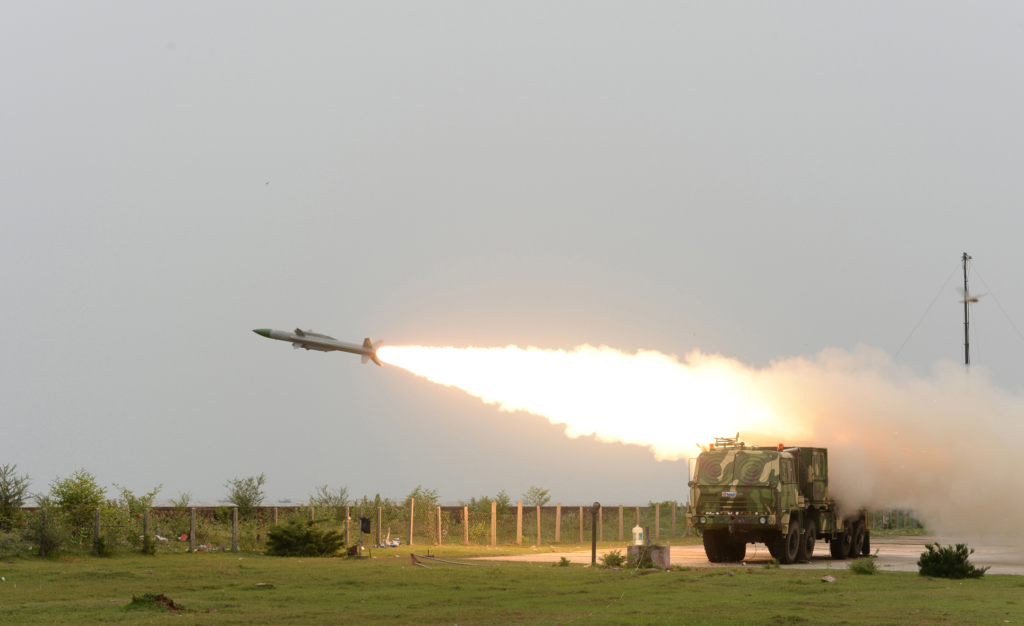
The system will equip the Indian Army’s third and fourth Akash air defence regiments. Also, test validated its performance in extreme conditions, especially cold and thin air.
Akash Prime Air Defence System Proves High-Altitude Combat Capability
Akash Prime features several upgrades over its predecessors. These upgrades make it highly effective in mountainous regions. The system’s ground components are modified to withstand low temperatures. It also uses enhanced thermal shielding to function in snowy terrains.
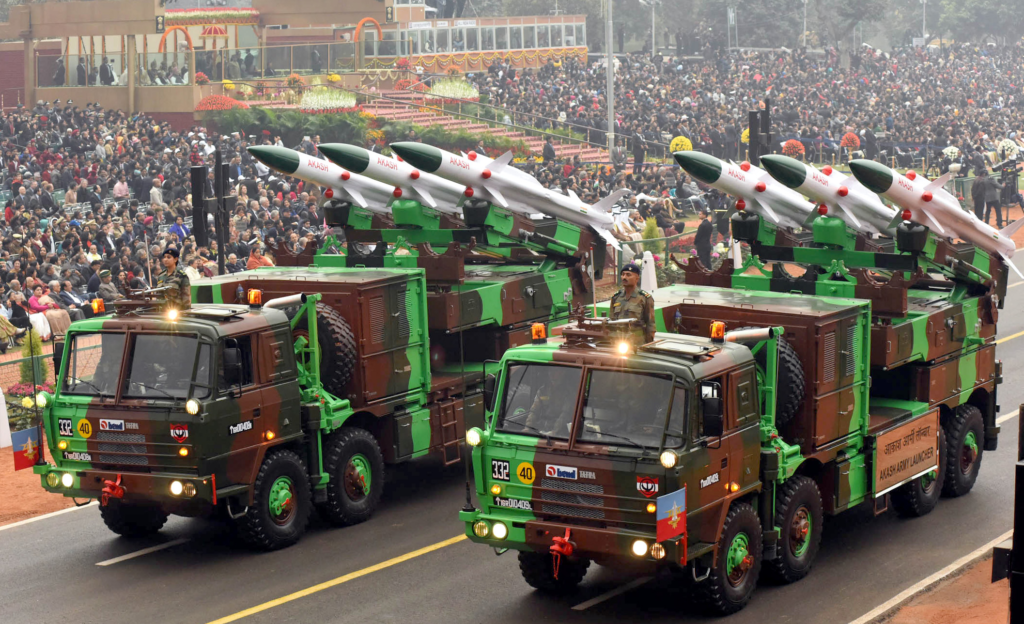
Its missile can engage aerial targets up to 30 km away. It can also hit objects flying at altitudes up to 18 km. This makes it highly useful for protecting high-value targets near the India-Tibet border. The DRDO carried out the first trials of this new variant in September 2021. During, “That test” missile successfully intercepted a drone that mimicked enemy aircraft.
Evolution of the Akash Missile Family
India currently operates three types of Akash missile systems. The baseline Akash uses a command-guided mechanism. This design keeps costs low while offering impressive accuracy. A single missile has an 88% kill probability.
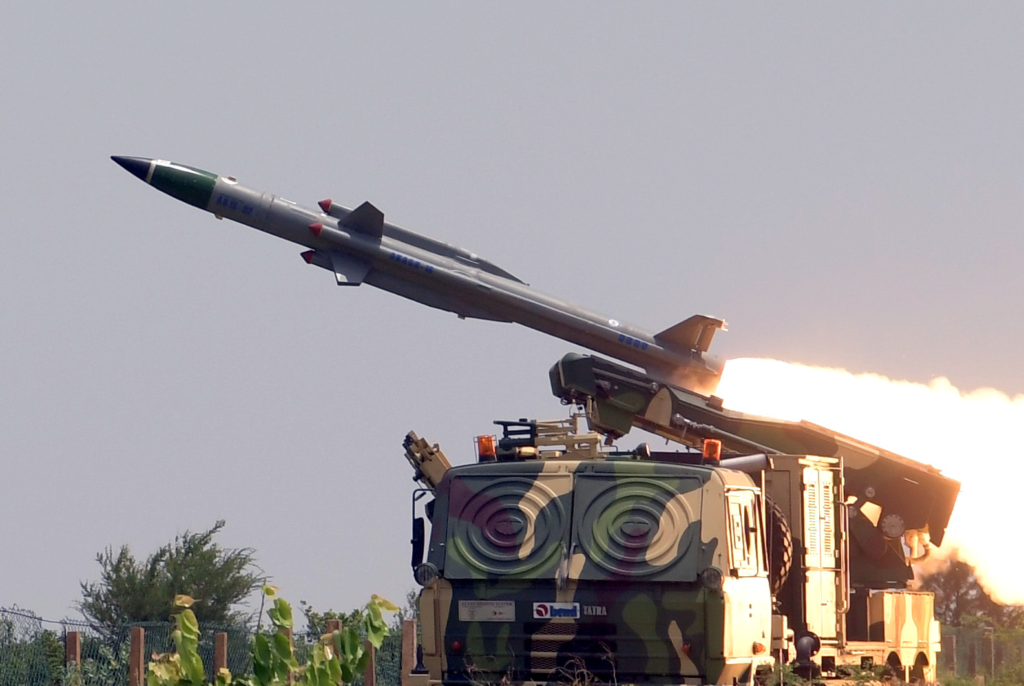
When fired in a salvo of two with a five-second gap, the kill probability rises to 98.5%. This capability makes the system highly dependable during saturation attacks.
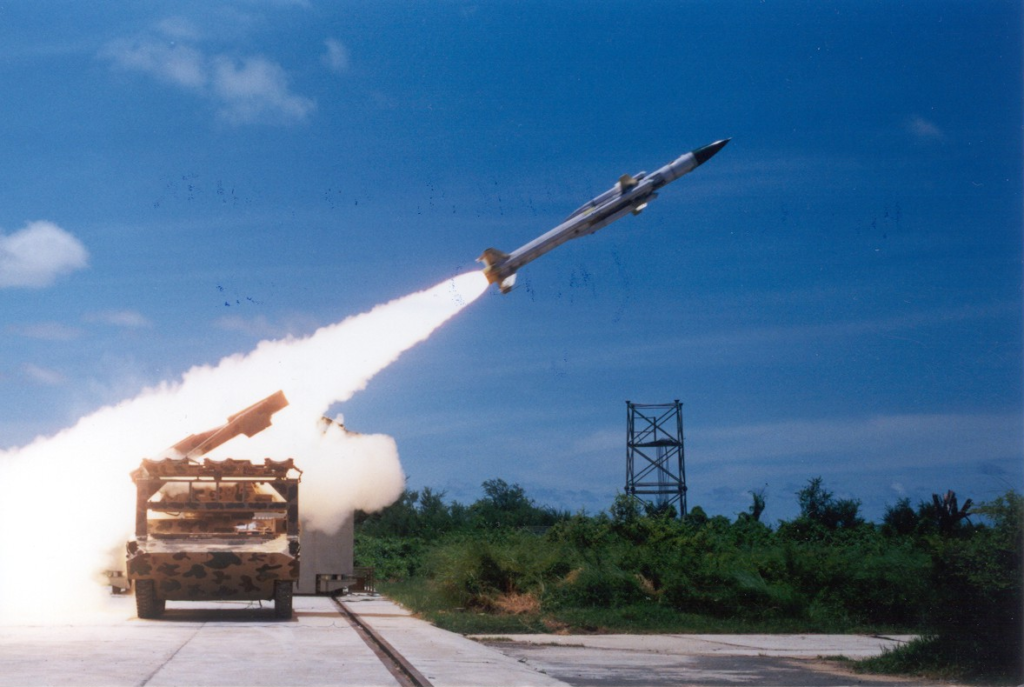
The Akash-1S variant includes a locally developed active radio frequency seeker. This seeker improves its terminal accuracy against maneuvering targets. The third variant is called Akash Prime that was specifically designed for Indo-Tibet border.
Akash in Real Combat: Lessons from Operation Sindoor
Akash proved itself during Operation Sindoor. The Indian Army deployed it to counter aerial attacks by Pakistani forces. These attacks involved Chinese fighter jets and Turkish drones, Surface to surface missiles and cruise missiles.
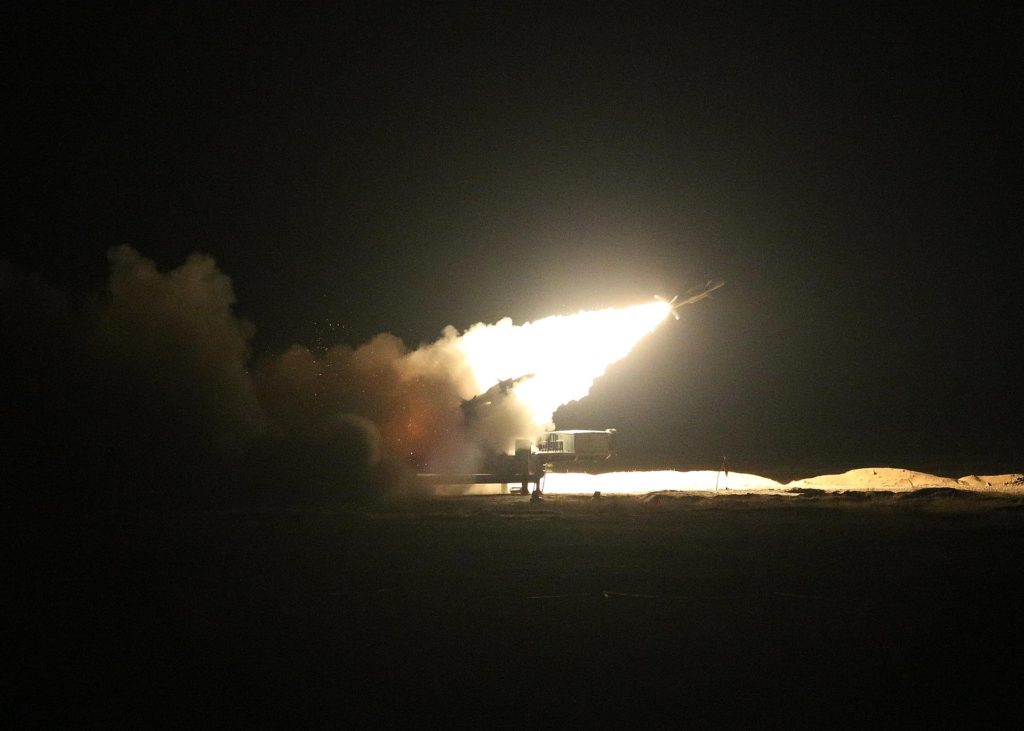
The missile system showed consistent performance under combat stress. It demonstrated the ability to react quickly and lock onto incoming threats. Akash fast response time played a crucial role in intercepting hostile projectiles.
Akash Prime Strengthens India’s Air Defence Shield
India continues to indigenously develop advanced weapon systems. DRDO and the Indian Army work together to refine these systems for real-world use.
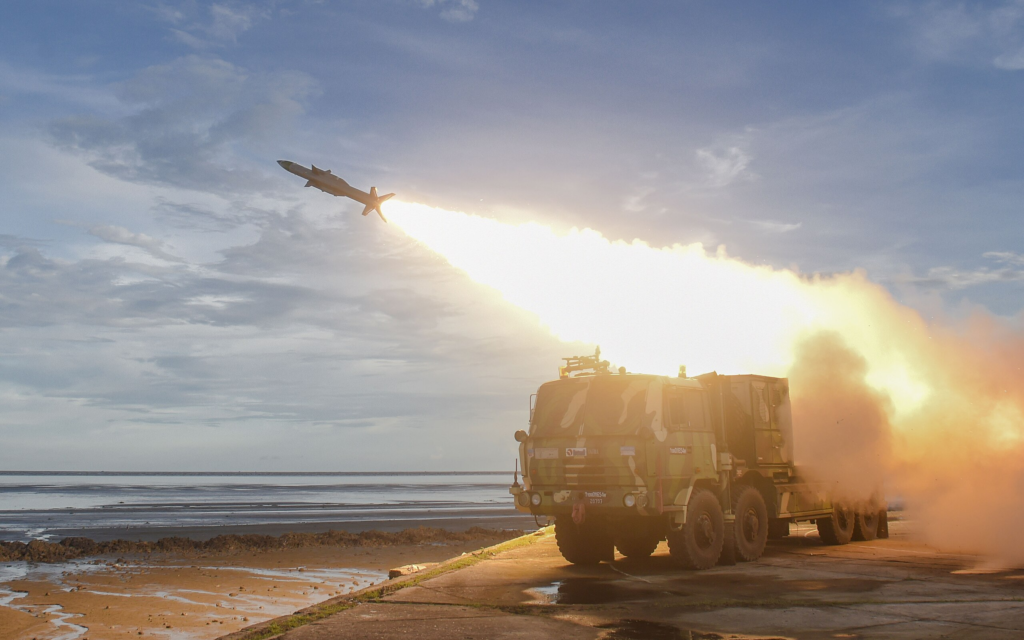
With Akash Prime, India now has a proven high-altitude air defence solution. This system enhances border security in the Himalayan region. It also reinforces India’s commitment to self-reliance in defence technology.

in missiles and radars, we are well sorted. Nice to see people using Indo-Tibet border instead of India -China border.
People interested in defence updates have increased significantly in last 10 years.